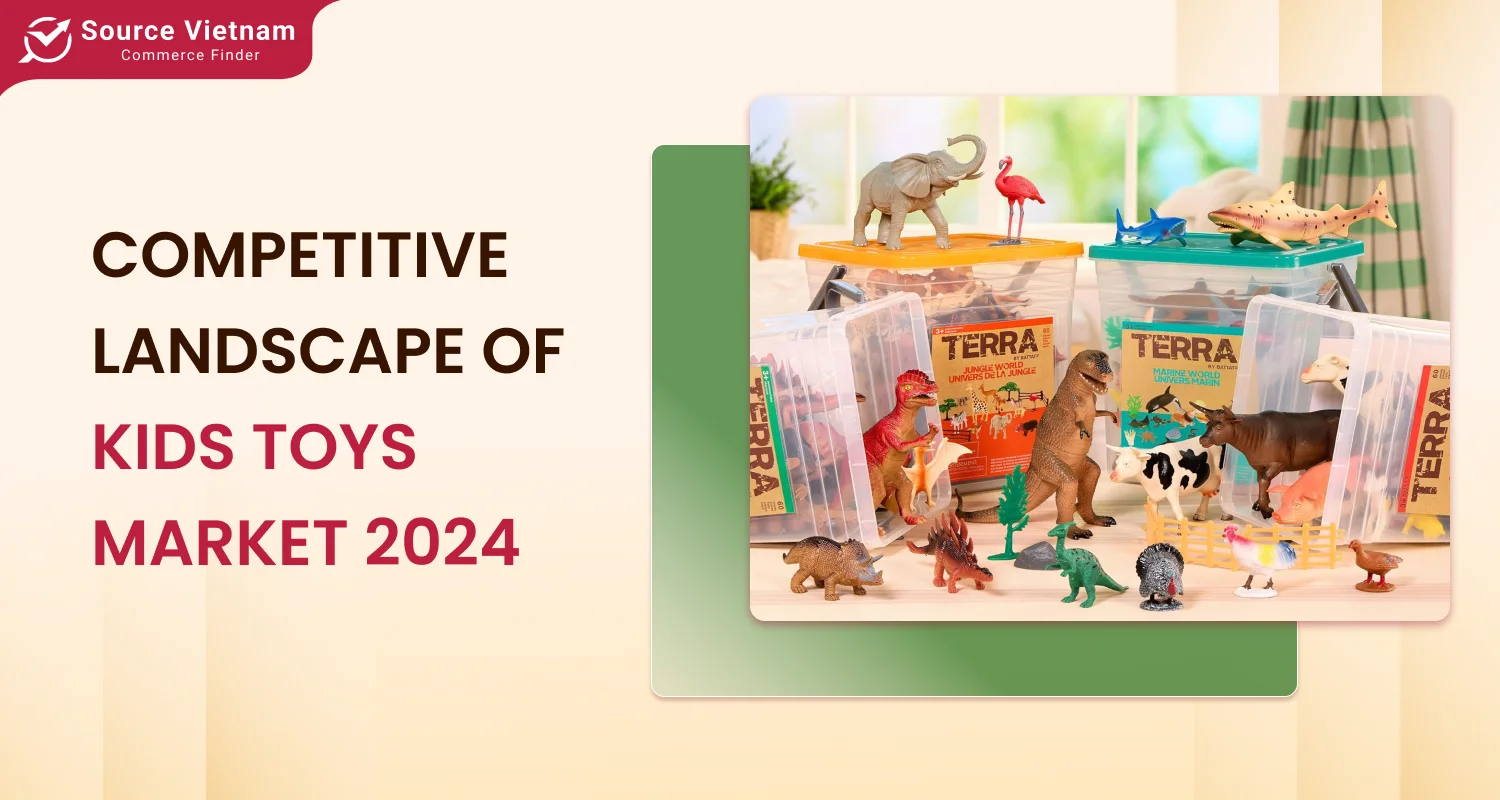Insights:
- The kid’s toys market, valued at USD 134.1 billion in 2023, is expected to reach USD 198.3 billion by 2032, growing at a CAGR of 4.5%.
- Action figures and playsets generated USD 41.2 billion in 2023, while plastic toys led with a 41% market share due to affordability and durability.

Kids toys market overview 2024 – 2032
The value of the market for children’s toys was USD 134.1 billion in 2023, and it is estimated to expand at a compound annual growth rate of 4.5% between 2024 and 2032. The average annual report of the market demand supports this estimate. Such growth has been and will be fueled mainly by the increasing popularity of educational toys, technology innovations, and the lasting popularity of licensed toys associated with media characters and franchises.
Key trends shaping the kids toys market
A major tendency is the advent of high-tech toys or intelligent and interactive products. Such toys often possess such capabilities as voice recognition, augmented reality (AR), and interaction with mobile apps. They allow kids to play and learn at the same time. Specially coding robots and STEM kits seek entertainment while developing useful skills in kids; programming and robotics for kids are made easy and fun.
There are also new factors influencing spending patterns among consumers. Parents are increasingly reusing, adapting, and buying eco-friendly toys made out of recycled plastic, bio-degradable, and non-toxic finishing materials. This trend is consistent with more consumers globally being increasingly environmentally conscious.
Ecommerce has revolutionized the acquisition methods of toys; consumers are no longer restricted to purchasing items from brick-and-mortar stores. Shopping via the Internet was easier and enabled a wider variety of toys than in an ordinary store. This development has made it less difficult for parents to search for and purchase items suited for their children.
Market segmentation and analysis
The market can be divided by product type, material, age group, category, price range, gender, and distribution channel. The action figures and playsets segment accounted for the largest revenue, generating USD 41.2 billion in 2023. This segment is anticipated to grow to USD 63.5 billion by 2032. The combination of popular movies, TV shows, and comic book franchises enhances the appeal of action figures, creating back-end demand through licensing agreements. These toys also stimulate children’s imagination and consequently support their cognitive and social development. Furthermore, many action figures are designed as collectibles, making them attractive to adult consumers.
In 2023, plastic continues to be the most common material utilized in toys, with a market share of 41%. Manufacturers highly demand it because of its low cost, strength, and adaptability to complex configurations. It is possible to create toys with complex shapes, rich colors, and interesting surface textures that are pleasing to the eye and alleviate some functional requirements. Furthermore, its simplicity in molding and low cost are elements of its superiority in the industry.
Toys target various age categories differing from one another; namely, infant toys, which apply from the age of 0-2 years; toddler toys, which apply from ages 2-4 years; preschool toys applicable for children aged between 4-6 years, early school toys for 6-8 years, and middle childhood toys that are made for children between the ages of 8-10 years. Every age category has its distinctive characteristics, so every product is designed considering its safety and growth facilitation.
Regional insights
North America was one of the key regions in the global kids toys market worth USD 35.4 billion in 2023. This region is expected to grow to USD 53.3 billion by 2032. The increasing focus on toys promoting STEM education correlates with the growth. In the United States, there is a growing trend among parents to focus on toys that engage their children with early learning and milestones; this leads to a healthy compound annual growth rate (CAGR) of 4.9% in the forecast timeline.
In Europe, Germany has become a significant market for quality toys and those that last long. German customers put a premium on good workmanship and longevity of the toys, and not the other way around. China is the most rapidly growing competitive market in Asia-Pacific, with an estimated CAGR of 5.6%. This region also has a strong demand for toys combining digital content and teaching software as digital education and entertainment trends flourish.
Competitive landscape
There are many players in the children’s toys market, both local and international. Companies like Hasbro, Inc., Mattel, Inc., LEGO Group, Spin Master Ltd., and Ravensburger AG form about 10%-15% of the entire market. Such companies are putting much effort into strategies like mergers and acquisitions and new product developments. A good example is the case in October 2023 when Hasbro partnered with ADK Emotions NY and TOMY Company to introduce Beyblade X, a new generation of a line of toys.
Industry challenges and opportunities
Regulatory compliance is one of the key obstacles faced in the market for kid’s toys. In the US, for example, there is ASTM F963; in Europe, there is EN71. Compliance with these specifications can make these manufacturers invest a lot in quality and testing facilities. Furthermore, the competition is cut-throat, which makes it mandatory for the brands to develop innovative products and marketing.
Even with these, the market has huge opportunities. There is room for growth with the rising need for learning and eco-friendly toys. Those companies that are putting emphasis on technology and going green will do well in this transitioning environment. The growing penetration of e-commerce also increases the market’s growth potential by directly connecting brands to wider clients.
Future outlook
The children’s toy industry is growing steadily, propelled by the consumer’s inclination towards educational, eco-friendly, and technology-based products. With parents increasingly focusing on education and development in the goods they buy, the demand for newer toys will most likely increase. Companies that conform to such trends and use digital channels for distribution will have a good chance of increasing the size of the market they serve shortly.